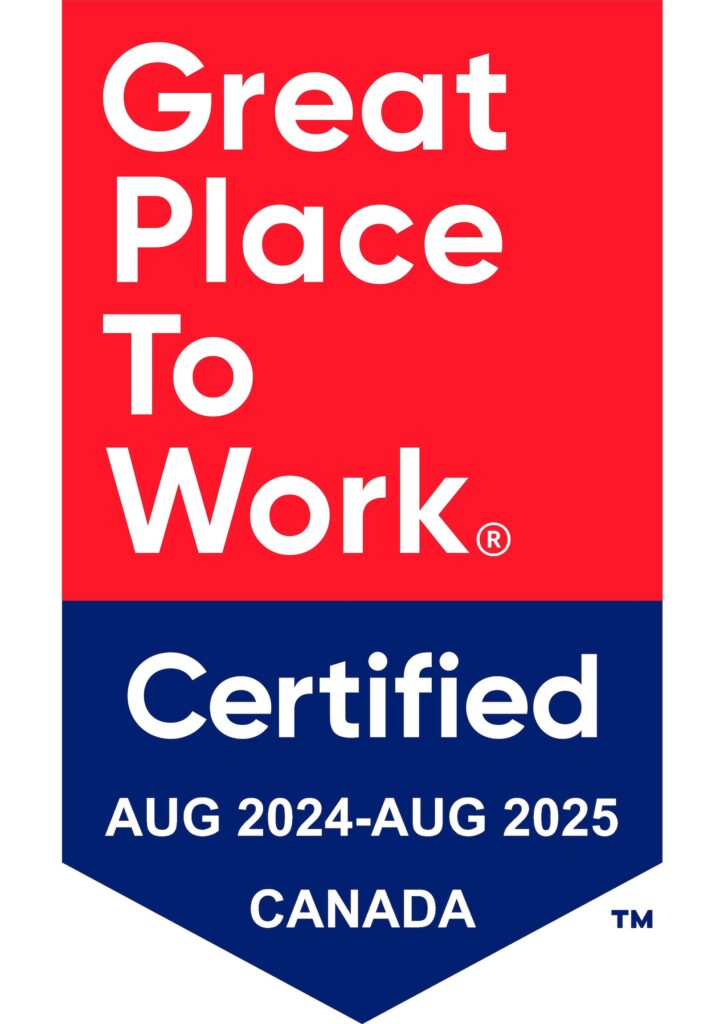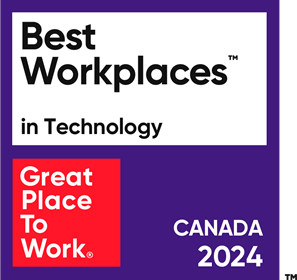As one year ends and another begins, it’s time to reflect on the changes shaping our world—particularly in technology. Artificial intelligence (AI) and automation, once niche tools, have become powerful drivers of transformation. They’re enabling businesses to innovate, connect, and grow in ways that were unimaginable just a few years ago.
So, what’s next for AI and automation? Our team looked ahead to 2025 and identified key trends. From improving data readiness to transforming customer experiences and decision-making, here’s what we predict.
1. Data Readiness: The Foundation for Innovation
In the AI era, data isn’t just another asset—it’s the backbone of every successful AI initiative. However, many organizations still grapple with fragmented data silos and inconsistent quality, limiting their ability to utilize AI to its full potential. In 2025, businesses will invest heavily in transforming their data infrastructure to support advanced AI capabilities.
Key Trends for 2025:
- Modern Data Architectures: Companies will adopt data lakes and warehouses designed to handle the scale and complexity of AI workloads.
- Automated Data Quality Tools: Maintaining reliable, high-quality data across sources will become a priority, with automation taking the lead in error detection and correction.
- Self-Service Access: Business users will gain greater autonomy with secure, democratized access to data, empowering teams to derive insights without relying on IT departments.
By prioritizing data readiness, organizations can transform raw information into a powerful strategic asset. According to McKinsey, companies that invest in AI-driven data strategies are 23% more likely to achieve above-average profitability, highlighting the tangible benefits of a robust data foundation.
2. AI in Development
AI is revolutionizing how automation solutions are developed, empowering not only developers but also non-technical users to contribute to innovation. In 2025, AI will become an indispensable assistant for creating and refining automation workflows.
What’s Ahead?
- Specialized AI Assistants: Tools like UiPath Autopilot™, Automation Anywhere Co-Pilot, and NVIDIA’s AI Blueprints will streamline coding, testing, and deployment, reducing errors and accelerating timelines. NVIDIA’s recent CES keynote highlighted these developments, emphasizing their role in enabling custom AI agents.
- No-Code Platforms: AI-powered solutions will enable non-technical employees to build automations, democratizing development across organizations. Gartner predicts that by 2025, 70% of new applications developed by enterprises will use no-code or low-code technologies.
- Collaborative Development: AI will enhance collaboration with features like real-time suggestions, automated debugging, and predictive analytics.
A compelling example of this transformation is Canon’s partnership with Greenlight Consulting, where AI-driven solutions enabled the automation of 4,500 invoices monthly. This achievement demonstrates how AI-powered platforms are empowering non-technical teams to drive operational efficiency.
AI is breaking down barriers in automation development, enabling organizations to innovate faster, reduce errors, and scale with unprecedented ease. By harnessing these advancements, businesses can unlock new possibilities for growth and competitive advantage.
3. AI-Powered Customer Experience: Transforming Communication
Customer expectations are at an all-time high, with consumers demanding fast, personalized interactions across multiple channels.
AI is rising to meet these demands by seamlessly unifying communication across voice, chat, email, and social platforms, ensuring consistent and engaging experiences. For example, one of Microsoft’s customers achieved a 30% reduction in response times to customer inquiries after implementing AI-driven solutions. Furthermore, predictive analytics empowers businesses to anticipate customer needs and deliver proactive solutions, driving enhanced satisfaction and loyalty.
These advancements allow human agents to focus on complex, high-value interactions, helping businesses not only strengthen customer loyalty but also optimize their operations for greater efficiency and impact.
4. Agentic Automation
Agentic automation takes automation to the next level with self-learning AI agents that can manage complex workflows independently. These agents will bring adaptability and intelligence to business processes, requiring minimal supervision.
Key Developments for 2025:
- Contextual Decision-Making: AI agents will make informed choices using data, policies, and historical outcomes.
- Cross-System Integration: These systems will seamlessly connect across departments, breaking silos and improving efficiency. Unveiled at CES 2025, NVIDIA’s Llama Nemotron represents a significant advancement in AI agents, enabling more intelligent, adaptable automation across enterprise workflows.
- Self-Learning Capabilities: Agents will continuously improve by learning from new scenarios and optimizing their decisions.
For example, a healthcare provider could use agentic automation to manage patient scheduling autonomously, balancing availability, preferences, and urgency without manual intervention.
By combining intelligence and adaptability, agentic automation will enable businesses to redefine workflows and focus on strategic growth.
5. Enterprise AI Integration: A Unified Strategy
Enterprises are shifting from isolated automation tools to comprehensive, AI-enhanced platforms. This integration represents a pivotal step toward scaling automation across the entire organization.
What’s Driving This Shift?
- Centralized Platforms: Unified systems will allow organizations to standardize governance while maintaining flexibility for diverse use cases. Gartner identifies centralized AI platforms as a key trend for enterprises aiming to scale AI initiatives.
- Enhanced Discovery Tools: AI will identify new automation opportunities, ensuring continuous optimization of workflows.
- Cognitive Automation: With advanced AI capabilities, platforms will process unstructured data, such as emails and documents, expanding the scope of automation.
Businesses will unlock smarter, more scalable operations by adopting enterprise-scale AI solutions.
6. Accelerated Value Creation for AI Newcomers
For organizations starting their AI journey, 2025 offers unparalleled opportunities. Mature technologies and proven frameworks enable rapid adoption, while pre-built solutions and templates allow faster deployment of AI capabilities.
Newcomers can also learn from early adopters to avoid common pitfalls and streamline implementation. With modern AI platforms offering seamless compatibility, organizations can integrate systems smoothly and achieve accelerated success in the evolving AI landscape.
The Future of AI and Automation
From enabling smarter decision-making to transforming customer experiences, AI and automation are set to redefine how businesses operate in 2025. The challenge for organizations isn’t whether to adopt these technologies but how to integrate them effectively to maximize value.
Are you ready for 2025? Let’s plan for the future together.








